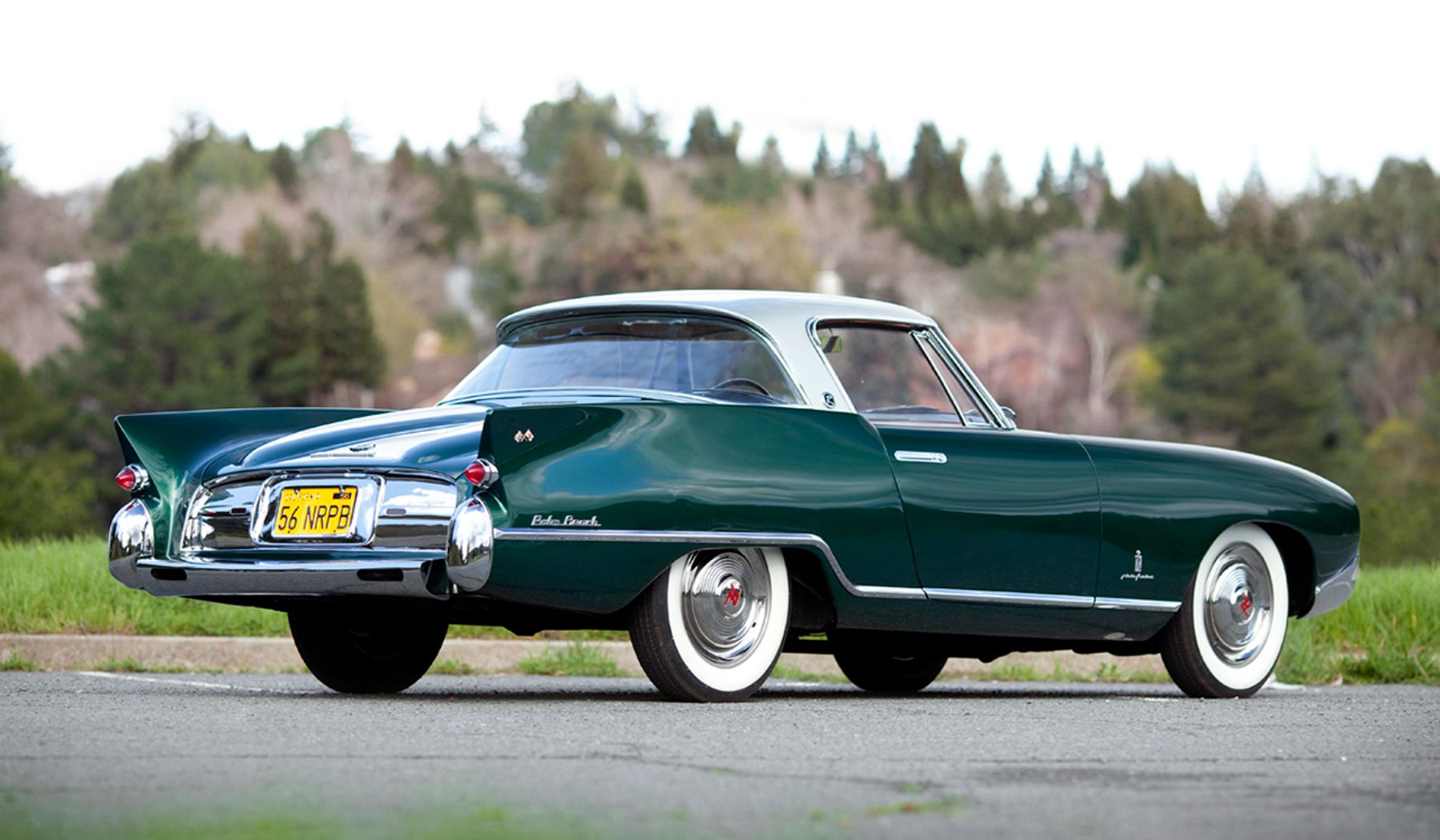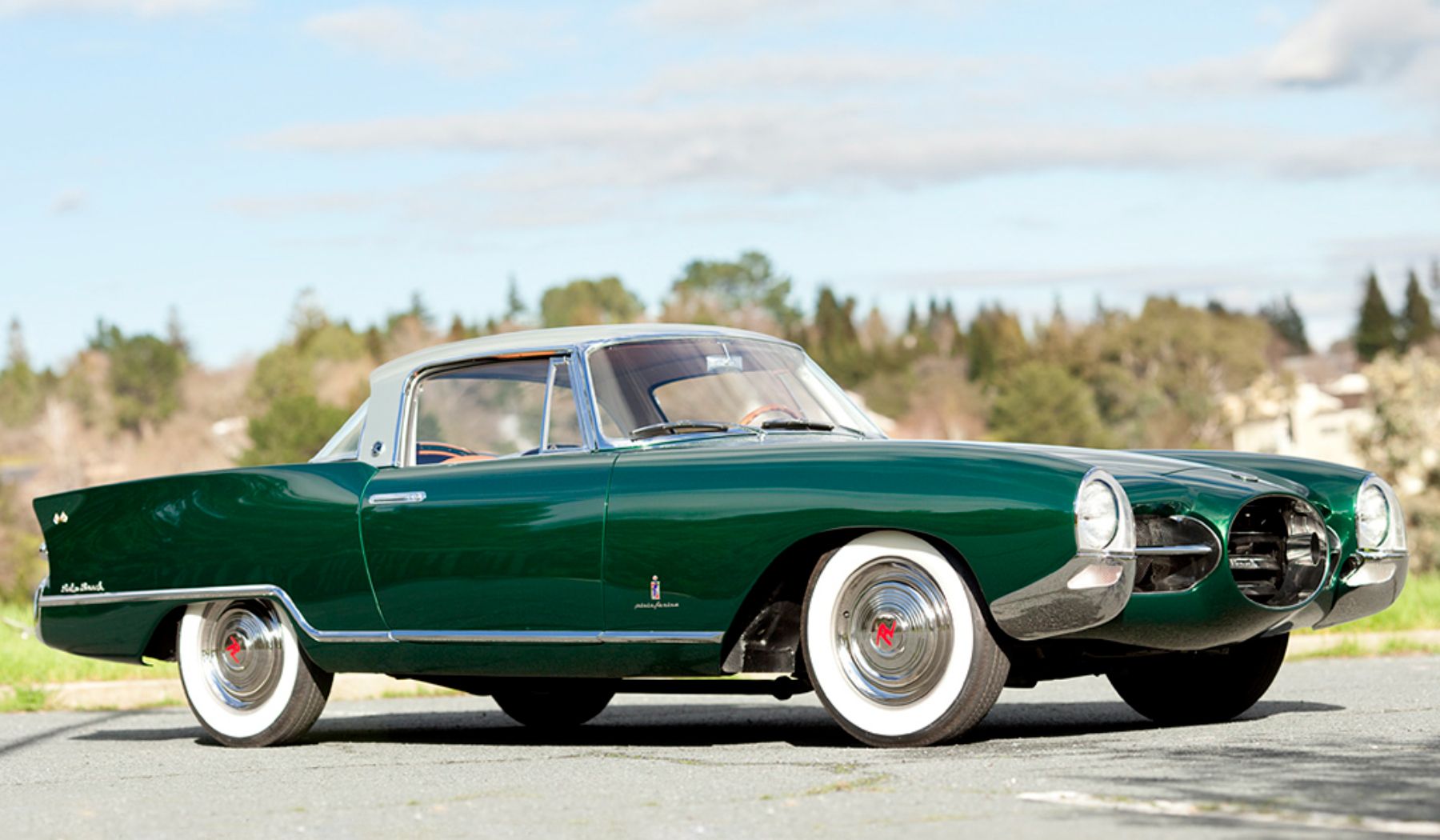The elegant Palm Beach, based on the successful American compact, could have been a worthy successor to the Nash-Healey and a formidable competitor to the Chevrolet Corvette. Nash Motors Company, founded by Charles W. Nash in 1916, merged with Hudson in 1954 to form the American Motors Corporation.
(AMC). The Palm Beach concept emerged during this transitional period, reflecting AMC’s ambition to expand its lineup with a sports car offering. Designed by Richard Arbib, the Palm Beach featured a sleek fiberglass body mounted on a Rambler American chassis, powered by a 190-horsepower inline-six engine. With styling cues reminiscent of European grand tourers, Palm Beach aimed to capture the attention of American consumers seeking performance and sophistication.

The prototype debuted at the 1958 Paris Auto Show, garnering positive feedback from enthusiasts and industry insiders alike. However, despite its potential, the Palm Beach never made it into production, as AMC shifted its focus towards more practical vehicles in the face of financial challenges.
Today, the Palm Beach remains a rare and fascinating footnote in automotive history, representing a missed opportunity for AMC to establish itself in the sports car market. While it never graced showroom floors, its legacy lives on as a symbol of innovation and aspiration in an era of automotive evolution.

